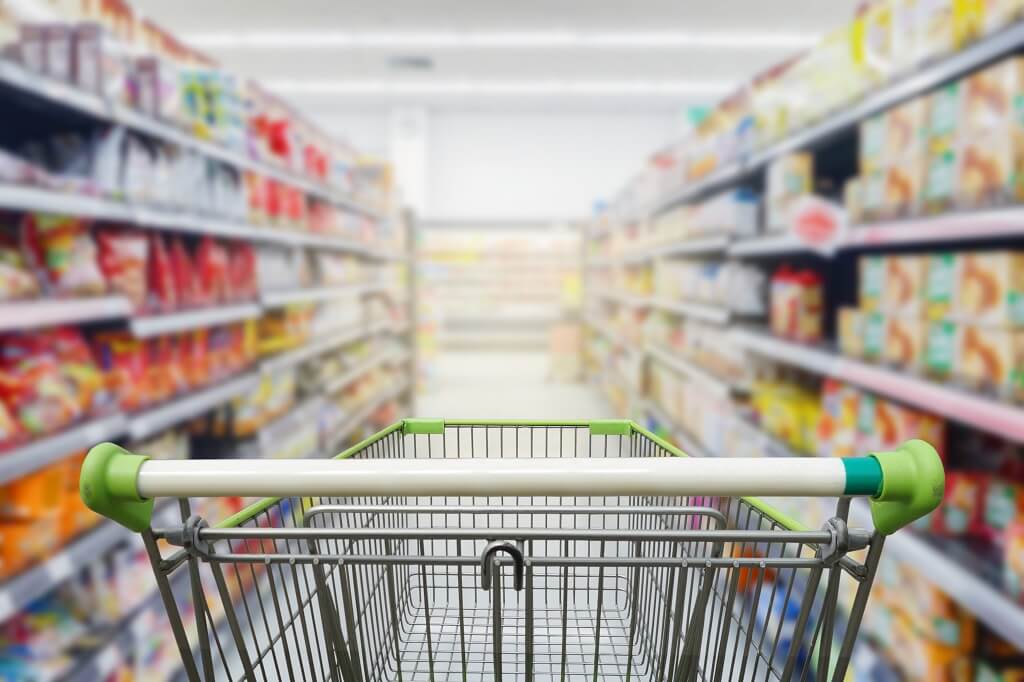Food retailer doesn’t name any bidders or give timeline on when decision would be made on nearly 800 stores
Kroger Co. KR 0.20% said it may sell its convenience stores and cut other costs, as the nation’s largest traditional grocer battles Amazon.com Inc. and other new competitors.
The nearly 800 convenience stores, most which sell gas, will likely fetch Kroger a higher return than profits delivered to the company currently, executives told investors at an annual meeting Wednesday at the New York Stock Exchange.
“It just looks like the economics make sense to do it,” said Chief Executive Rodney McMullen in an interview. “It’s obviously a decision you don’t do lightly. The C-stores have been in the business for a long time.”
Mr. McMullen said the move toward a sale was part of a routine analysis of the company’s sprawling assets conducted several months ago and not in response to Amazon’s announcement it would buy Whole Foods Market in June. But the e-commerce giant’s most concerted play into the grocery segment has upended the food retail industry.
Mr. McMullen said he didn’t know if the company had bidders yet or how long it would take to decide whether to sell.
The grocer has hired Goldman Sachs & Co. to review options for the stores operated in 18 states under 68 franchise operations, including Turkey Hill Minit Markets, Loaf ’N Jug, KwikShop, Tom Thumb and QuickStop.
The total group of Kroger convenience stores could be worth $1.5 to $2 billion based on current valuations, according to the National Association of Convenience Stores.
The stores’ 11,000 employees were notified of the possible sale, Kroger said.
The grocer’s stock rose more than 6% before tapering off to around $21 a share, the biggest single-day bump in months but not enough to erase big declines this year. Kroger’s stock has shed more than a third of its value this year as investors worried about the company’s plans for fending off competition from Amazon and others. Shares in many food-sellers have tumbled since Amazon said it was buying Whole Foods.
Selling the convenience stores could deprive Kroger of one means for reaching its goal to capture more of the roughly $1.5 trillion spent in the U.S. each year on food and consumables. The stores generated $4 billion in revenue last year and have delivered more than five years of identical store sales growth.
Convenience stores and other nontraditional retail outlets are one place consumers are buying more food instead of traditional grocery stores and, thanks in part to fuel sales and lower operating costs, convenience stores tend to have higher profit margins than traditional grocery stores.
But Kroger and other food retailers are cutting costs swiftly and abandoning plans to build new stores to invest instead on e-commerce offerings and other technologies. The company said Wednesday that it would roll out a system that allows customers to ring up their own groceries through a wireless hand-held scanner to 400 stores by next year, up from 20 today.
“We need to move faster on digital,” Mr. McMullen said.
Executives also said that, under a program dubbed “Restock Kroger,” they will seek to sell more advertising, generate new income from a data-analytics division, rethink how to restock shelves and continue to cut prices on some items to avoid losing customers. They said the effort will generate $400 million in profit by 2020, and that broader cost-cutting is expected to free up more than $4 billion in cash over the next three years.
Kroger executives also acknowledged that they didn’t cut costs enough or guard against competitors while business was good. Discounters and other kinds of food sellers have drawn new shoppers in the past two years, including German discount chains Aldi and Lidl, Mr. McMullen said.
While Lidl is slowly gaining customers since opening a first group of stores in June, Mr. McMullen said he assumes the chain will succeed.
“Lidl is a great retailer,” he said. “We’ve been studying their stores for at least 10 years.”
Wall Street analysts viewed Kroger’s cost-cutting and shelf stocking changes positively, but were cautious able whether the effort would really reap the savings the grocer projected.
Wal-Mart Stores Inc. executives on Tuesday said they would open the fewest number of U.S. stores in decades in their 2019 fiscal year and cut more costs to free up cash for e-commerce and store improvements. Costco Wholesale Corp. said earlier this month that it would expand home delivery service, a departure for a company that prioritizes in-store promotions.
Online food shopping is still small in the U.S., but it is expected to grow. Thirteen percent of people surveyed by the TABS Analytics research firm last month reported shopping for food online, up a percentage point from last year. Grocery analysts predict annual double-digit growth in online grocery shopping in coming years, compared with sluggish sales increases in traditional supermarkets.
Kroger reaffirmed its 2017 guidance on Wednesday despite the impact of storms such as Hurricane Harvey, which closed many of the company’s stores in its third-biggest market, Houston. A handful of stores there suffered extensive damage and are being renovated.
Kroger expects positive same-store sales for the rest of the year after two recent quarters of negative identical-store sales put an end to 13 years of quarterly growth.
The company expects earnings per share to be flat or grow slightly for the rest of the year. Net earnings are projected at $1.74 to $1.79 a diluted share, with adjusted net earnings of $2 to $2.05 a share.


